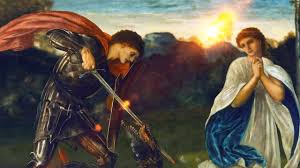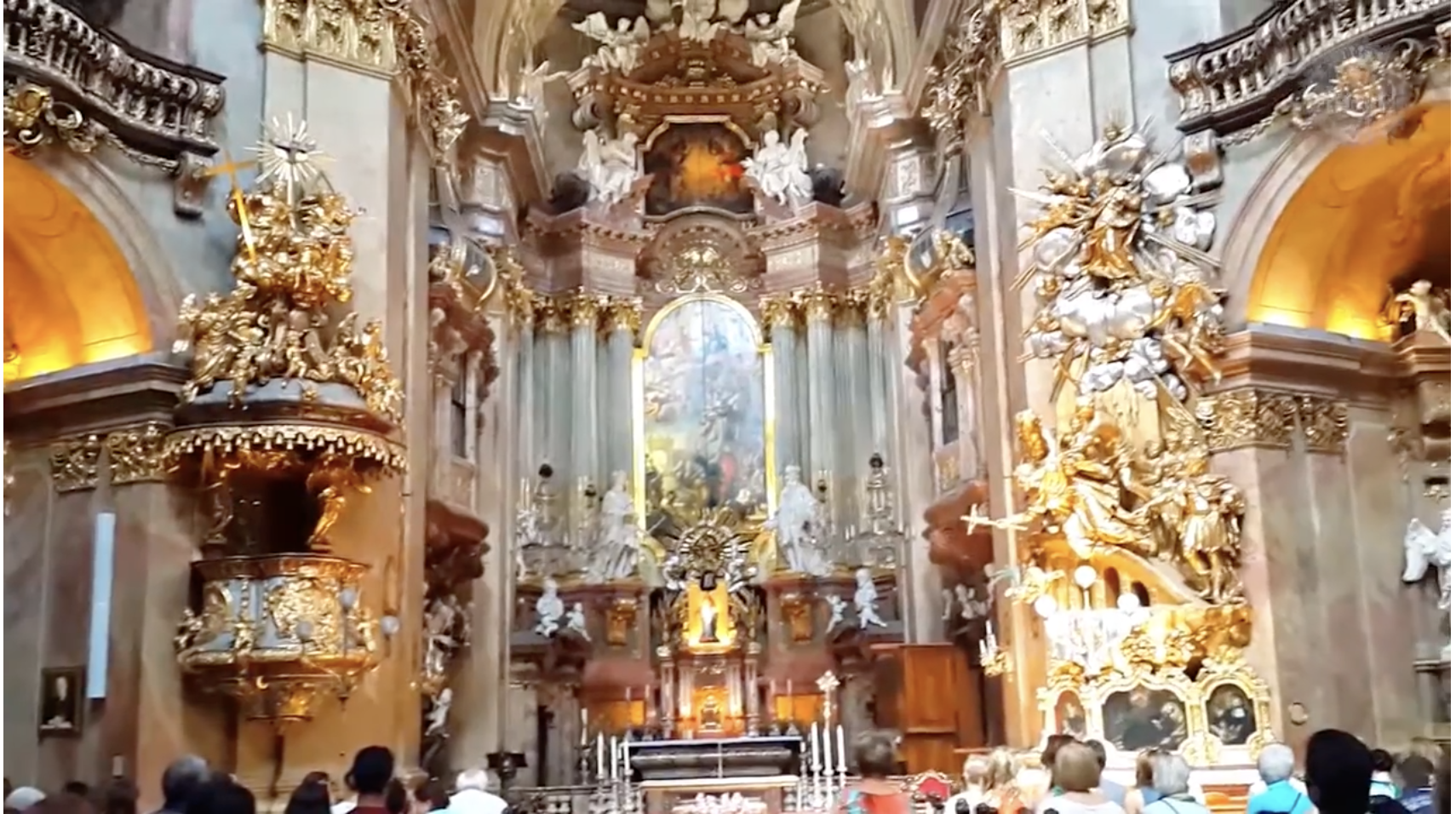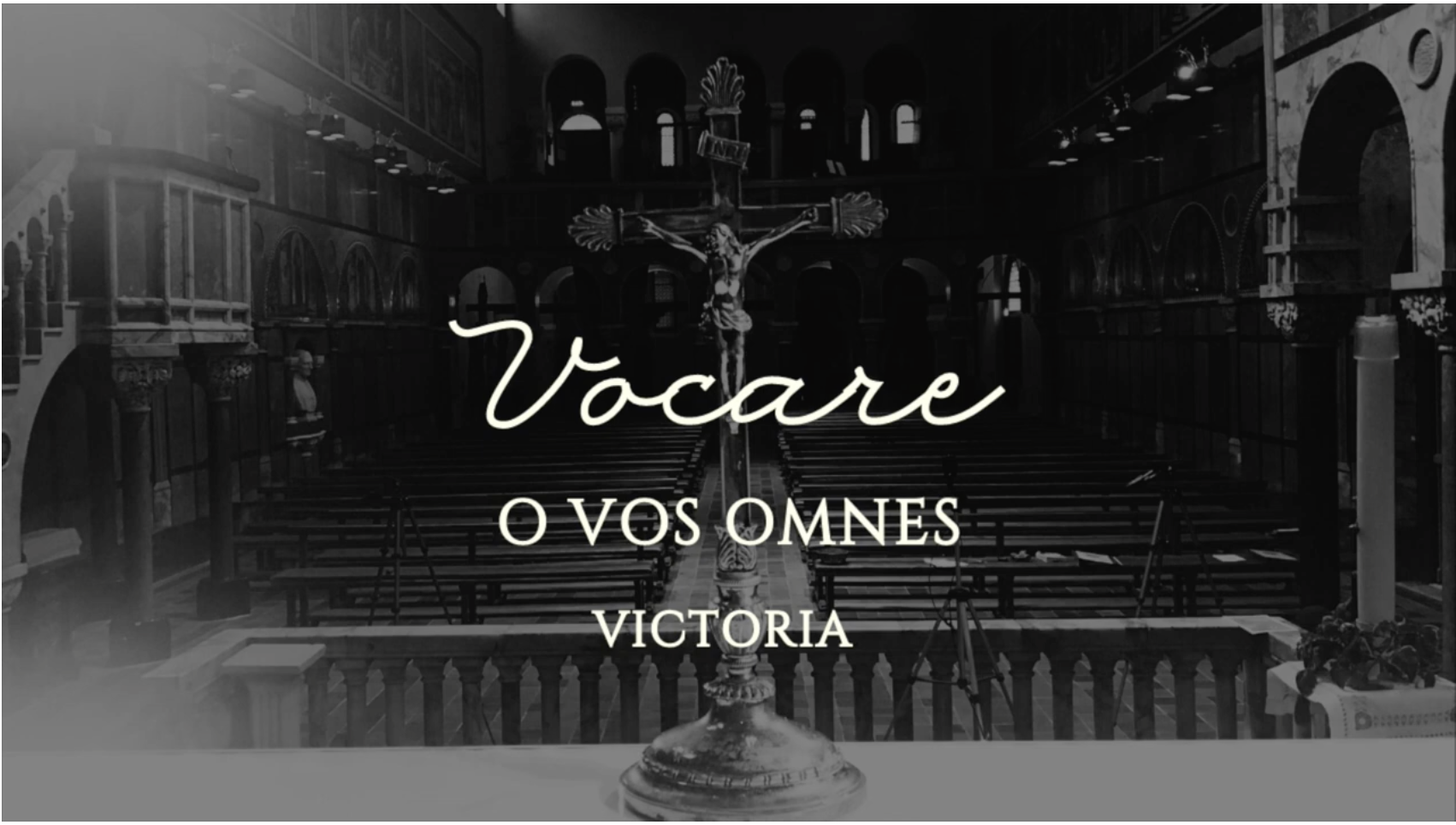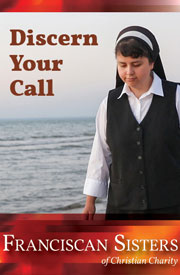In Heretics, G.K. Chesterton writes that the ancient heretic considered himself orthodox and thought the establishment heretical. Not so in modernity. Today’s heretic wants nothing to do with orthodoxy and “says, with a conscious laugh, ‘I suppose I am very heretical,’ and looks round for applause.” G.K.C. adds that a man “may turn over and explore a million objects, but he must not find that strange object, the universe; for if he does he will have a religion, and be lost. Everything matters – except everything.”
That could easily serve as my appraisal of the brouhaha currently roiling the New York art world – and the Church.
But a distinction must be made between Heavenly Bodies: Fashion and the Catholic Imagination, the largest exhibition ever mounted at the greatest art museum in the U.S., New York’s Metropolitan Museum (“the MET”), and the spectacle of the MET Gala, the annual benefit bash preceding each year’s new show at the MET’s Anna Wintour Costume Institute.
The Gala has become Manhattan’s equivalent of Fat Tuesday. The glitterati come out, dressed mostly in the spirit of the year’s Costume Institute theme, so it was no surprise to anybody, given this year’s conceit, that there was nearly as much sacrilege on display last week as there was cleavage. But that was the Gala.
The Heavenly Bodies exhibition is on display (through October 8th) at two-and-a-half MET venues: The Medieval Hall at the MET on 5thAvenue; the Cloisters (the MET’s medieval museum in Fort Tryon Park, further north and west); and, on a lower floor of the big museum, in the Costume Institute itself.
At the Cloisters and in the MET’s Medieval Hall, contemporary “Catholic” designer couture is intermingled with art from the Middle Ages, and some of the juxtapositions are striking. I neither know nor care what a “sexuality census” of these modern designers would show, although it’s pretty clear it would skew gay among the male designers (who happen to dominate). And, just as at the Gala, there are of examples of tastelessness and even blasphemy, possibly derived from angst over Catholic teaching.
Yet the show received a stamp of approval from the Vatican. Not only that, Rome sent over some amazing papal treasures to be included: stoles and chasubles, tiaras, clasps, and rings. And, I must say, in a nod to curator Andrew Bolton, Catholic and gay, all the Vatican treasures (many items hundreds of years old and all in states of astonishing preservation) are sequestered in the Costume Institute; i.e., not juxtaposed with haute couture. So a chasuble of St. John Paul II is not placed next to some gawdawful Alexander McQueen creation. The papal garments stand alone, with sacred music playing, and the mood at the preview I attended was church-like.
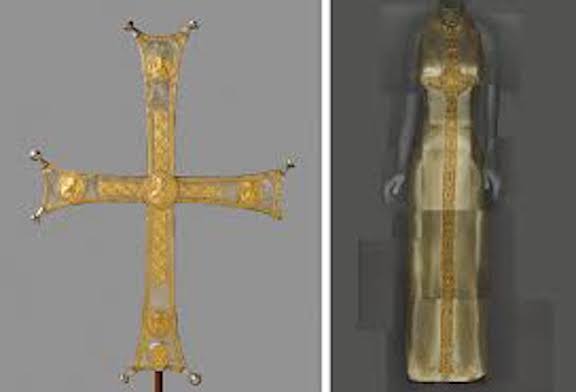
The low point for me was an uncomfortable looking monk’s habit-like garment at the Cloisters by American designer Rick Owens – made to be worn by a man – that includes a tunnel-like hole in the crotch, the better for the . . . gentleman to . . . to . . . I don’t know what. It was both ugly and idiotic, which begs the question – especially with all the palaver in Heavenly Bodiesliterature about beauty: Why include an un-wearable monstrosity such as this? Talk about the dull edge of heresy!
Say what you will about all the rest in a very uneven show, some of the dresses were very beautiful. And I’ll take Mr. Bolton at his word when he says – acknowledging a degree of provocation, protest, and parody in some designers’ work – that most who’ve turned to the Church for inspiration have done so to pay homage to the beauty of traditional Catholic life.
Perhaps that’s the problem though: seeing the trees but not the forest. Yes, the extraordinary beauty (handwork of countless nuns) of the chasuble of Pius IX – depicting the murder of Abel on the front and the sacrifice of Isaac on the back – might indeed inspire any artist to imitate it, but imitation isn’t faith, any more than dressing up like a priest or a monk or a nun imparts to the wearer any of the charism of holy orders.
That the late Gianni Versace had an eye for beauty seems clear. But did he love beauty in the Catholic sense? Was his catholic imagination Catholic at all?
Many of the dresses seemed to me more akin to motion-picture fantasy – of Maid Marian in The Adventures of Robin Hood(1938), for instance – than of anything like an exercise in genuine fashion archaeology.
Still, there’s a clear connection between the 11th-century Byzantine processional cross above and, next to it, a Versace evening dress, c. 1998. My Catholic imagination has no trouble picturing Olivia de Havilland wearing the Versace. So – and this is a question to apply to the whole of the MET exhibition – does it really matter if the “Catholic” history evoked is actually Hollywood history?
Three things: The first is that Mr. Bolton’s introduction to the main (designer) volume of the 2-volume book that describes the show begins, “‘The Pope Wears Prada’ Newsweek proclaimed in an article about Benedict XVI’s sartorial inclinations . . .” The second is that a famous roman à clef by a former assistant to Ms. Wintour is titled, The Devil Wears Pravda. And, third, in parody of a reality TV series, a New York Times article about Heavenly Bodies begins, “Archbishop Georg Gänswein said yes to the dress.”
Gänswein (who helped crack open the door in Rome for Wintour et alia), Cardinal Gianfranco Ravasi (who threw open the doors to the Sistine Chapel sacristies), and scores of other Vatican high-hats are obviously all-in for the MET’s show.
It may have been a mistake, not least because of the Gala. But I heard enough strident comments over several hours at the MET and the Cloisters to surmise that most people saw some of the fashion as silly, some as lovely. Yet among viewers of the actual liturgical garments in the Costume Institute there was a respectful reserve.


